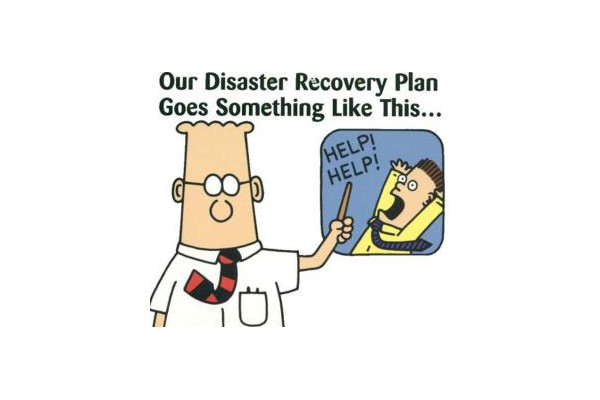Business Continuity Planning is critical for transactional businesses more-so than non-transactional businesses. What do I mean by “transactional”? If you process things in real time such as sales of products or processing packages for shipment, you are transactional.
The reason transactional businesses need to consider business continuity to a greater extreme than non-transactional businesses is that it may not be possible to simply take backups and expect to be able to revert back to them and continue business-as-usual. If transactions have been processed after the last backup and before the disaster, those transactions are now lost. A plan must exist to accommodate that missing batch of transactions.
The two questions you need to ask and answer as a business are:
- Can the business function with a gap in transactions?
- How long can the business function with downtime before an unacceptable financial/reputational impact.
The first question is some-what unique to transactional businesses but the second is one every business should be asking. Interestingly, it’s also the question insurance providers ask when assessing for “cyber insurance” cover.
The less time that can be accommodated between the disaster occurring (and stopping business) and restarting, the higher the cost to the business to mitigate. The more time that can be accommodated, the lower the cost.
If your business can not accept any level of downtime but can accept degraded performance (the business functions but not at 100% capacity), you have options such as keeping alternative records of transactions aside from the primary system. Your staff would continue performing their duties while a subset of staff process the missing transactions using the alternative records.
If your business can not accept any level of downtime or degraded time, you have to invest in high availability (or HA) for each component of a wider system to ensure that any system outage is corrected for by a secondary system. Obviously this means having duplicate systems. Whatever it costs to have the original system, double it and add a little more for HA “orchestration tools”.
You should identify the tolerance of your business to outages. The less acceptable downtime means more money to mitigate the risk. Transactional businesses have a unique problem where traditional backup/restore practices are insufficient. More thought needs to be put into business continuity to ensure whatever outage occurs, the business can continue even in a limited capacity.

